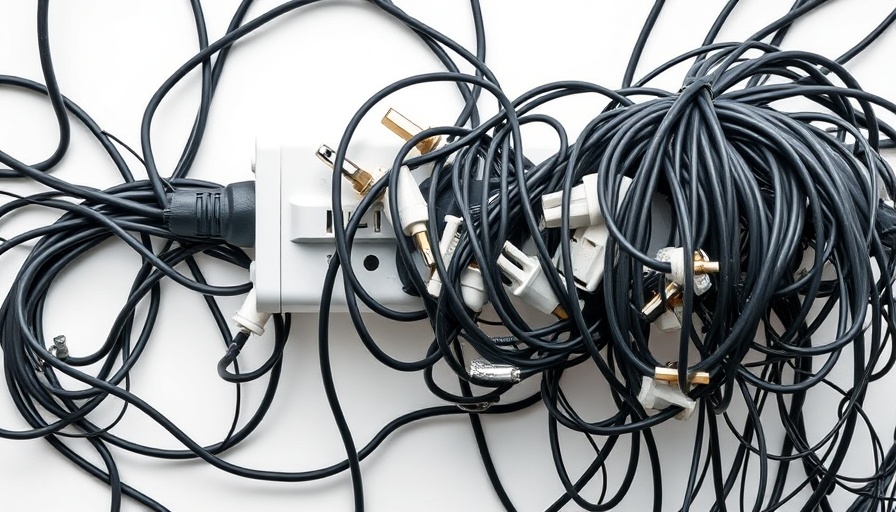
Essential Safety Tips for Using Power Strips
Power strips are common household items that provide convenient solutions for our electrical needs, especially when outlets are scarce. However, it’s crucial to understand their limits. Plugging in the wrong items can lead to overheating, electrical fires, or damage to valuable devices. Let’s dive into the key appliances you should avoid connecting to power strips to ensure your home remains safe.
What Appliances Should You Avoid?
It’s tempting to plug in various devices like refrigerators, space heaters, and kitchen appliances into a power strip simply due to the lack of outlets. However, heavy-duty appliances such as these are best left directly plugged into a wall socket to prevent overload.
Some other items you should never connect include:
- Microondas
- Washing machines
- Air conditioners
- Toaster ovens
- Heating pads
These appliances require a stable flow of electricity that a power strip simply cannot provide.
The Dangers of Overloading
Overloading a power strip can lead to dangerous situations, such as tripped breakers or, worse, electrical fires. It's essential to monitor how many devices you plug in and ensure that the total wattage does not exceed the strip’s capacity. Always check the labels on devices for wattage information and keep in mind that less flexible electronics, which can easily overheat, should be used with caution.
Implementing Safety Measures
Now that you know what not to plug into your power strip, consider some tips to keep your home safe:
- Regularly inspect your power strips for any signs of wear and tear, such as frayed wires or scorch marks.
- Use power strips with built-in surge protectors to add an extra layer of safety.
- Create a designated area for high-demand devices to ensure they stay safe and comply with safety guidelines.
By being aware of the risks and knowing which devices to keep off power strips, you can enjoy a safer home environment.
 Add Row
Add Row  Add
Add 




Write A Comment